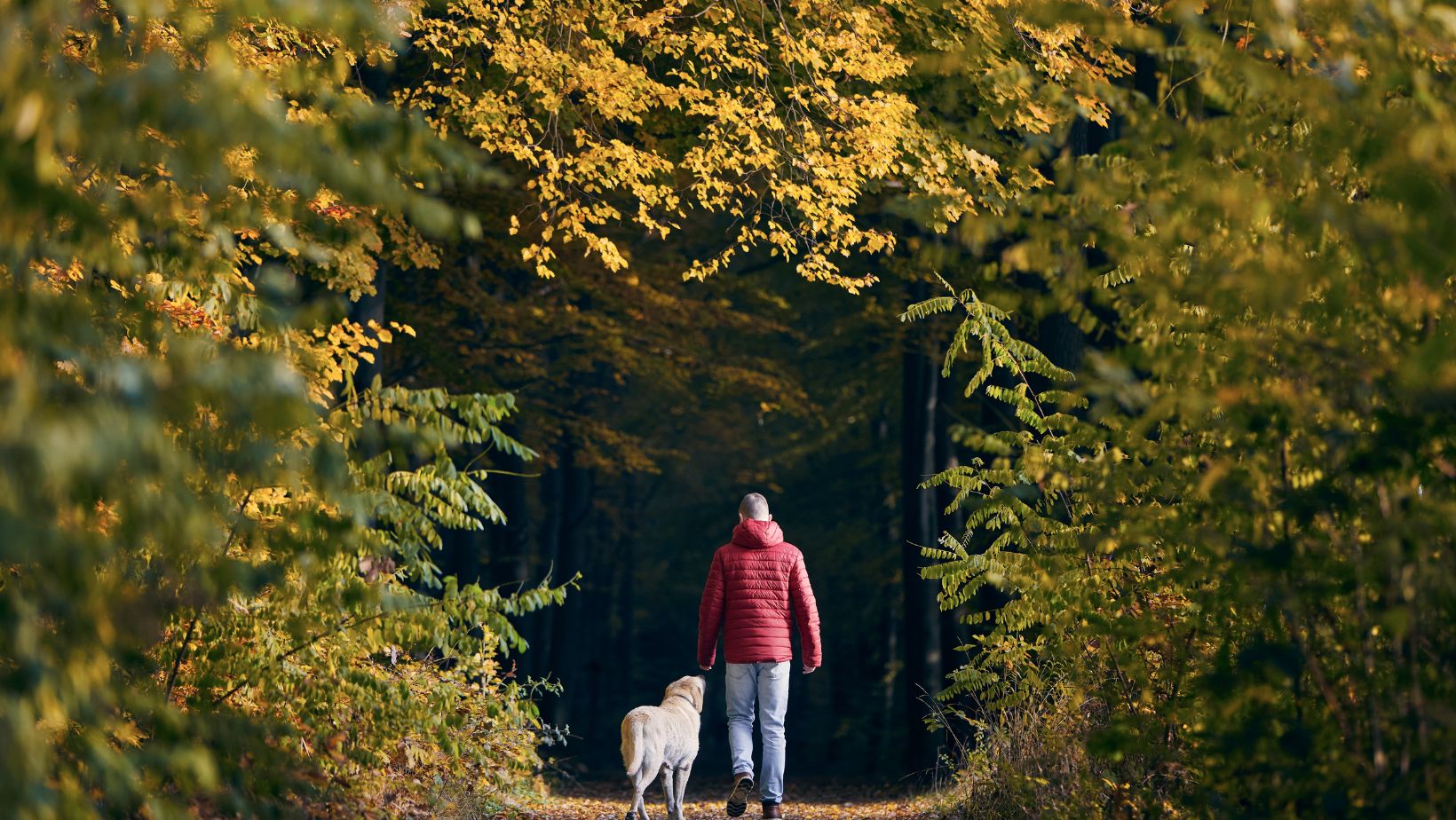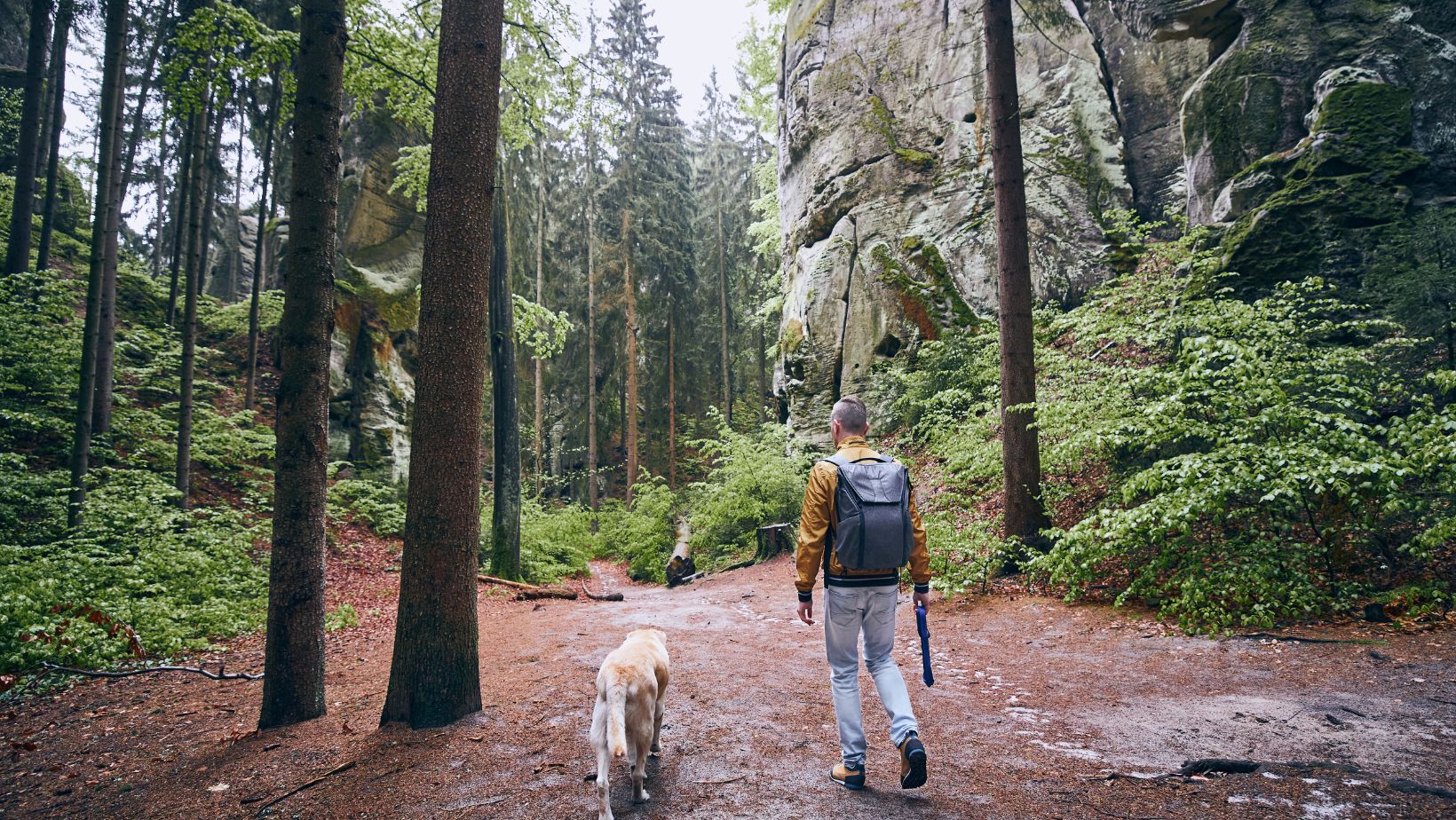All it takes sometimes to sweep the cobwebs out and do something great for the body is a brief walk with your pet. Other than exercising the dog, walking is a reinforced good behavior activity that tightens the relationship so that both partners can enjoy their time together. It does not mean that one of you has to be the leader and one the follower when walking together; it means the two of you are teammates, two buddies out into the world. That in and of itself is a good enough reason to work on your dog’s behavior on the walk. But first, there are more reasons I want to discuss prior to getting onto the “how to.” Proper encouragement plays a big role in such goals. Be it treating, verbal praising, or even playtime, knowing when and how to encourage your dog will make quite a difference.
See here.
1. Types of Rewards: Treats, Praise, Play
Rewards can be made in many ways, and each may find its place in any particular walking routine:
- Treats: These are by far the most common and immediate forms of reward. Small and soft treats work the best since they are quickly consumable.
- Praise: The use of words such as “Good job!” in a jolly tone reinforces desirable behaviors.
- Play: A great game of tug-of-war or tossing your dog’s favorite toy gets him going.
Mix these reward types so your dog remains engaged in training without becoming familiar with or, worse, dependent on either or all the treats.
2. Timing is Everything: When to Reward Your Dog
Timing is everything in reinforcement. This should happen immediately after the desired behavior occurs. That happens to be always within a two-second range. Concerning your purpose, when your dog acts nicely by not barking and passes by another, immediately, a reward is there waiting. It is critically important timing as late rewards will keep guessing your pet on what to do right to get that kind of reward.
3. Common Mistakes of Operant Conditioning when on walks
The best-laid plans of mice and men oft’ go astray. Following are some of those common mistakes:
- Inconsistent rewards: Rewarding sporadically can indeed confuse your dog.
- Accidental reinforcement of bad behavior: Giving treats to a barking dog to keep him quiet might reinforce barking.
- Over-reliance on treats: Using only food rewards can make dogs less responsive to verbal praise.
Being aware of these pitfalls helps refine your reward strategies.
4. Creating a Reward Schedule That Works
A well-designed reward schedule balances issues of frequency and expectation. Use a continuous schedule early in training, rewarding every good behavior, then shift to an intermittent one in which rewards are delivered on an unpredictable basis but frequently enough to keep motivation at an optimum.
5. Non-Food Rewards: Beyond the Treat Pouch
While treats work effectively, they are not the only rewards for good behavior. Non-food rewards include:
- Attention: Petting or scratching your dog’s favorite spot.
- Exposure: Allowing your dog time to sniff a particular favorite area.
- Play Time: A general short playtime.
Non-food reinforcement is great for non-food-motivated dogs.
6. Body Language and Verbal Cues: Consistency is Key
Dogs are receptive to both body language and the pitch of voice. Verbal cues given in the form of relaxed body language and a happy face create good positive reinforcement of desired behaviors while avoiding mixed signals, for example, a firm tone paired with reward.

The result is that it confuses your dog.
7. Various Situations-Different Treats: Change Your Line of Approach
Not all the walking will be in equal environments: low-distraction areas might allow for verbal praise; in high-distraction areas, one wants to keep the rewards worth the focused attention to higher value rewards, like treats or favorite toys.
8. Using Positive Reinforcement to Obtain Long-Term Walking Behaviour
Consistency and patience are the building blocks of long-term habits. Regular walks at the same time, with rewards at the same time, will surely condition your dog to behave well without necessarily having to give him a reward. Repetition renders behaviors automatic.
9. Phasing Out Constant Treats: A Gradual Approach
While treats work, they can’t serve as a permanent crutch. Gradually extend the time between treatment rewards while giving more verbal praise along with other motivators. Instead of rewarding every single success with a treat, reward every few.
10. Encouraging Good Behavior Around Distractions
There will always be distractions outdoors when you take walks with your dog.

Here’s how to make your dog learn to keep his attention on you:
- Look at Me Command: Reward your dog when he keeps his eyes on you.
- Redirection: Your dog gets distracted, and you refocus his attention towards yourself. High-value treats can work wonders in such a situation.
11. Expectation of Treats While Walking
Dogs can often get so focused on the treats instead of the walk itself. To avoid that:
- Use a treat pouch so the treats are not visible in your hand.
- Pair rewards with praise and affection.
- Changing length and type of reward.
- Keeping rewards in balance keeps expectations in perspective
.
12. Using Commands and Rewards in Combination for Better Results
Sharp commands, such as “sit,” “stay,” and “heel,” are much more effective when they involve rewards. Obedience obviously must be rewarded directly and enthusiastically. Soon, such commands become reflex actions.
There’s no easier way out than getting and walking the dog than having a chinwag with a friend. Invite a friend along on your walk with or without a dog. With your dog, you would find yourself going much further than if you had simply just hung about chatting. The best inspirations to go out on walkies incorporate time, rhythm, and variety.
Knowing what rewards to give, avoiding the common mistakes, and situational adaptation-what will make for a non-traumatic and pleasurable walk for both. Positive reinforcement does not make walks appealing but it will strengthen the bond which you have been building up with your furry companion.

